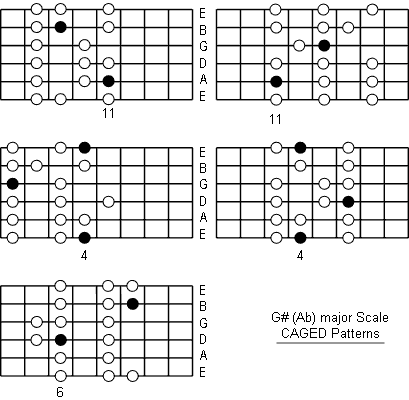

This is done because blues (and pentatonic scales) do not follow the 'usual' music theory rules that hold for diatonic scales, such as major and all minor varieties, which state that each note from A.G can only be used once in the scale.įor the blues scale, the half-step / semitone closeness of notes around the 4th and 5th notes usually mean it is inevitable that a note name will be used twice in the scale, so it makes sense to use the chromatic scale names for all notes. Wherever possible, complex note names from the major scale are simplified to arrive at the final blues scale notes.įor example, in the Gb blues scale, the 4th note of the major scale Cb is simplified to be note B. E-flat blues scale from the E-flat major scale No. The 7th note is the octave of the tonic note, where the pattern begins to repeat itself. So for this major scale, the 5th note of the major scale is flattened from Bb to A to make the blue note.īelow are those notes numbered 1 to 6 on the piano keyboard. The flattened 5th is the blue note that gives the blues scale its distinctive sound in this key.

To flatten a note, just replace it with the piano key lower in pitch ie. The 2nd and 6th notes of the major scale are not used. The blues scale is made from the 1st, flattened 3rd, 4th, flattened 5th, 5th and flattened 7th notes from the major scale above. Beginners often play the notes they work with their stronger fingers much harder.This step shows the 6 blues scale notes constructed using the major scale of the same key.

Play one Eb-Major exercise after the other and only move on after having correctly played the previous exercise 5 times on your piano: 6 Exercises to Practice the Eb Major Scale


 0 kommentar(er)
0 kommentar(er)
